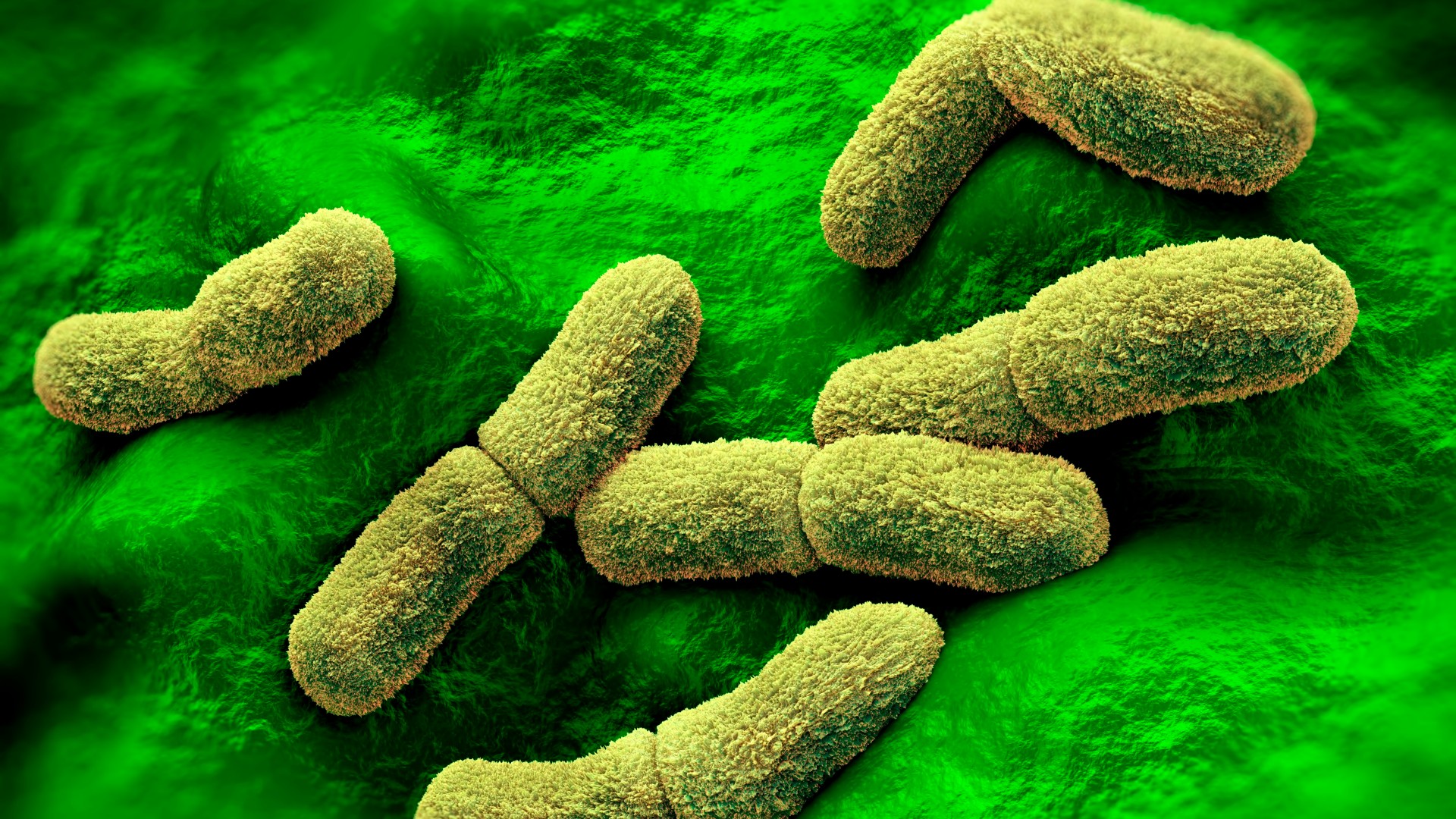
A person in Colorado has contracted the plague, health officials have confirmed.
In a statement published Tuesday (July 9), The Pueblo Department of Public Health and Environment (PDPHE) confirmed a "human case of plague in a Pueblo County resident."
The news comes four days after officials announced that there was a suspected case of the disease based on preliminary test results. The exact source of the infection is currently unknown.
Plague is an infection caused by the bacterium Yersinia pestis. This microbe naturally circulates among wild rodents and is transmitted through flea bites. Humans can catch the disease if they are bitten by an infected flea or if they handle the tissue or body fluids of an infected animal, which can include household pets.
The most common type of plague is known as bubonic plague. In these cases, the lymphatic system, or drainage system that helps rid the body of waste and toxins, becomes infected with Y. pestis. This causes lymph nodes to become inflamed and swell into characteristic "buboes," which give bubonic plague its name. Other symptoms of bubonic plague include a fever, headache and chills, which usually develop within two to eight days after infection. In late stages of the disease, buboes can transform into open, pus-filled sores.
In some cases, Y. pestis can infect the lungs and cause pneumonic plague, which is considered more severe than bubonic plague. Plague can sometimes start out bubonic and then spread to the lungs, sparking a pneumonic infection. Unlike bubonic plague, the pneumonic infection can be transmitted person-to-person through the air. For instance, a person can catch it if they inhale bacteria-containing droplets that have been expelled by an infected person's coughs or sneezes. However, such transmission has not been reported in the U.S. since 1924.
Throughout history, plague has caused widespread pandemics with high casualty rates. The most famous of these was "The Black Death'' in the 1300s, which killed more than 50 million people in Europe.
If left untreated, pneumonic plague is always fatal, while untreated bubonic plague has a lower death rate of around 30% to 60%. These days, however, plague can be successfully treated with antibiotics if caught early.
PDPHE has not yet disclosed which type of plague the individual in Colorado has or how they are responding to treatment.
"If you develop symptoms of plague, see a health care provider immediately," Alicia Solis, the program manager of the Office of Communicable Disease and Emergency Preparedness at PDPHE, said in the statement.
"Plague can be treated successfully with antibiotics, but an infected person must be treated promptly to avoid serious complications or death." Possible complications of plague include meningitis, an infection of the membranes that cover the brain and spinal cord, and septic shock, which results in a dangerously low drop in blood pressure.
Plague was first introduced into the U.S. in 1900 when infected rats aboard ships sparked outbreaks in port cities. However, no epidemics have been reported in cities since 1925. Nationwide, around seven human cases of plague are reported to the Centers of Disease Control and Prevention every year; more than 80% are the bubonic form of the disease. These infections usually occur in northern New Mexico, northern Arizona, southern Colorado, California, southern Oregon and far western Nevada.
Between 2005 and 2021, 67 cases of human plague were reported in Colorado.
In its latest statement, PDPHE noted several precautionary measures that the public can take to protect themselves against plague. This advice includes eliminating places in the home where rodents can hide and breed, avoiding contact with dead animals and using insect repellent that contains at least 20% to 30% DEET, to help prevent flea bites.
This article is for informational purposes only and is not meant to offer medical advice.
Ever wonder why some people build muscle more easily than others or why freckles come out in the sun? Send us your questions about how the human body works to community@livescience.com with the subject line "Health Desk Q," and you may see your question answered on the website!







